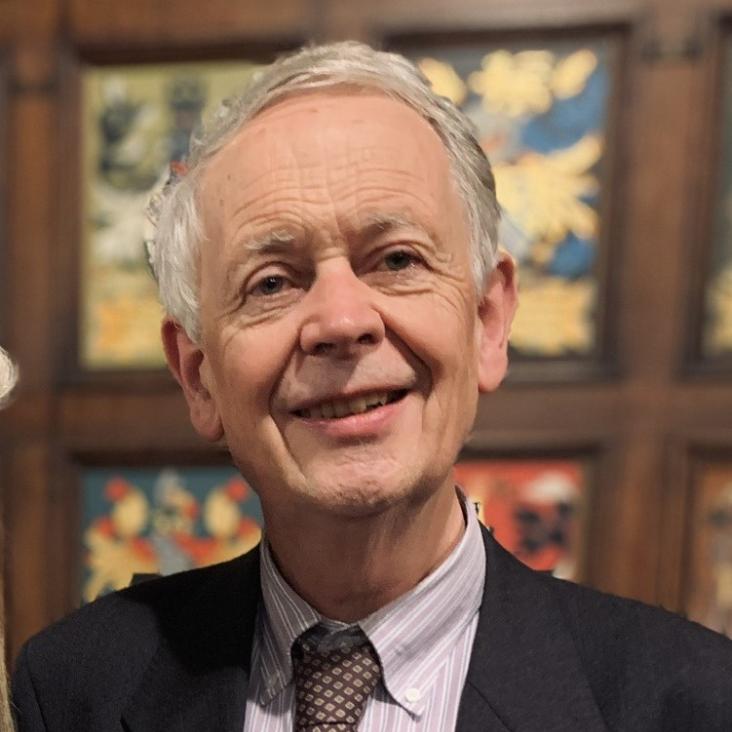Commission 28: Galaxies
Proceedings of the International Astronomical Union 1:T26A (2005) 281-289
Abstract:
This report gives a brief overview of some of the activities and developments in extragalactic research over the past three years. © 2007 International Astronomical Union.The impact of active galaxies on the Universe at large - Preface
PHILOSOPHICAL TRANSACTIONS OF THE ROYAL SOCIETY A-MATHEMATICAL PHYSICAL AND ENGINEERING SCIENCES 363:1828 (2005) 611-612
Modelling the Galaxy for GAIA
ArXiv astro-ph/0411229 (2004)
Abstract:
Techniques for the construction of dynamical Galaxy models should be considered essential infrastructure that should be put in place before GAIA flies. Three possible modelling techniques are discussed. Although one of these seems to have significantly more potential than the other two, at this stage work should be done on all three. A major effort is needed to decide how to make a model consistent with a catalogue such as that which GAIA will produce. Given the complexity of the problem, it is argued that a hierarchy of models should be constructed, of ever increasing complexity and quality of fit to the data. The potential that resonances and tidal streams have to indicate how a model should be refined is briefly discussed.The Cosmological Context of Extraplanar Gas
ArXiv astro-ph/0409639 (2004)


